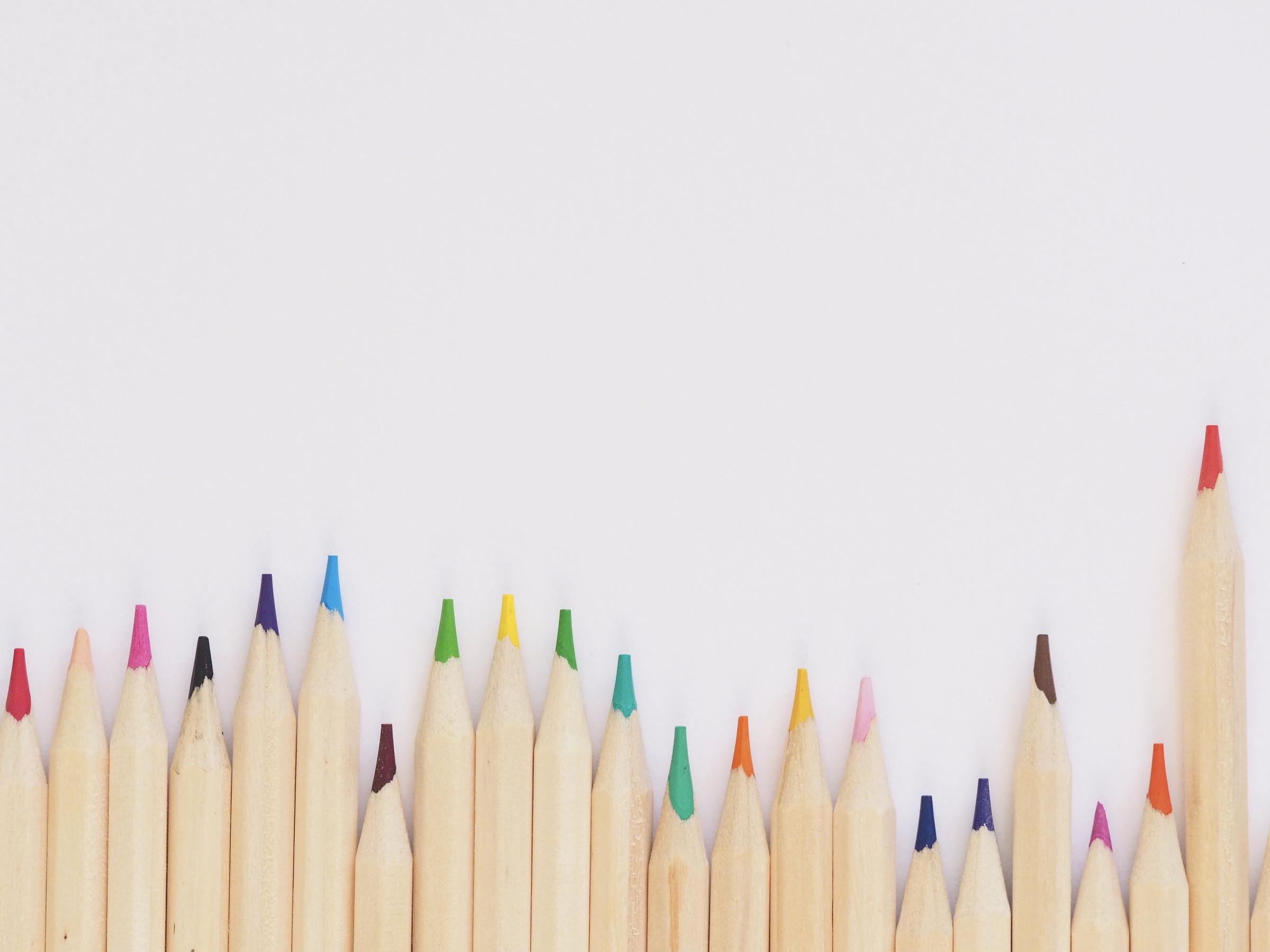MaST Project

Kinder - 2D Shapes
Tips for parents:
Shapes For Kids: The Complete Parents’ Guide To Teaching Shapes
Helping your child learn about shapes and objects
Read books to your child and talk about the shapes you can see within the pictures, eg ‘The roof on the house is a triangle'.
Look for objects inside or outside the house that are shaped like a circle, triangle, rectangle or square. Look for different sized shapes and shapes in different positions.
Involve your child in craft activities such as making your own gift wrapping by printing painted shapes onto paper using corks, empty cotton reels or sponges.
Make shadows on the ground or on a wall using your body or hands and talk about the shapes.
Fold paper to make a hat or boat and talk about the shapes made as you fold the paper.
Collect scrap paper or used gift wrapping and encourage your child to cut and glue pieces to make a picture.
Play ‘I spy' games and describe things by size and shape, eg "I spy with my little eye something that is big and shaped like a square".
Make biscuits using cookie cutters or make pretend biscuits from modelling dough. Talk about the shape of each biscuit.
Stage 1 - Whole Number
Tips for parents:
Counting tips:
Count stairs, letter boxes,or objects in two, threes, fives and tens whenever opportunities arise;
Put out the number of knives and forks needed for dinner and ask your child to count them in sets of two;
Talk about numbers whenever opportunities arise. Ask questions such as “Which is bigger/smaller/the same/different?”, house numbers on long streets;
Take note of larger numbers as they occur (e.g. house numbers, page numbers in books).
Encourage your child to read the numbers and talk about other ways they could have been written.
Talk about the order in which you complete everyday activities such as preparing a meal, setting the table. Use words such as first, next, last, third, to describe the sequence of actions.
Give your child directions using the language of order eg “First put the rubbish in the bin and then go and do your homework”.
Ask your child to arrange objects in order, eg the family’s shoes. Talk about the order using words like first, second, third, last.
Stage 2 - Whole Number
TIPS FOR PARENTS: Rounding is a numeracy skill that is necessary in everyday life. Promote rounding by asking students to round prices of cars, white goods, electronics, etc. Discuss why rounding to the nearest thousand may be a very inaccurate idea of a value, eg a television could be $1 400 and we would round it to $1 000. A more honest rounding would have been to round to the hundred, not thousand.
Rounding can be a very challenging concept for many students. Most of the time students try to memorise the rules: if the number to the right is less than 5, round down; if it is 5 or greater, round up. This is a good rule if students are rounding a bunch of numbers on a worksheet for rote practice but not when they are trying to relate rounding to estimating or real-world concepts. The more you practise rounding in everyday situations with your child, the more links to estimating will occur.
